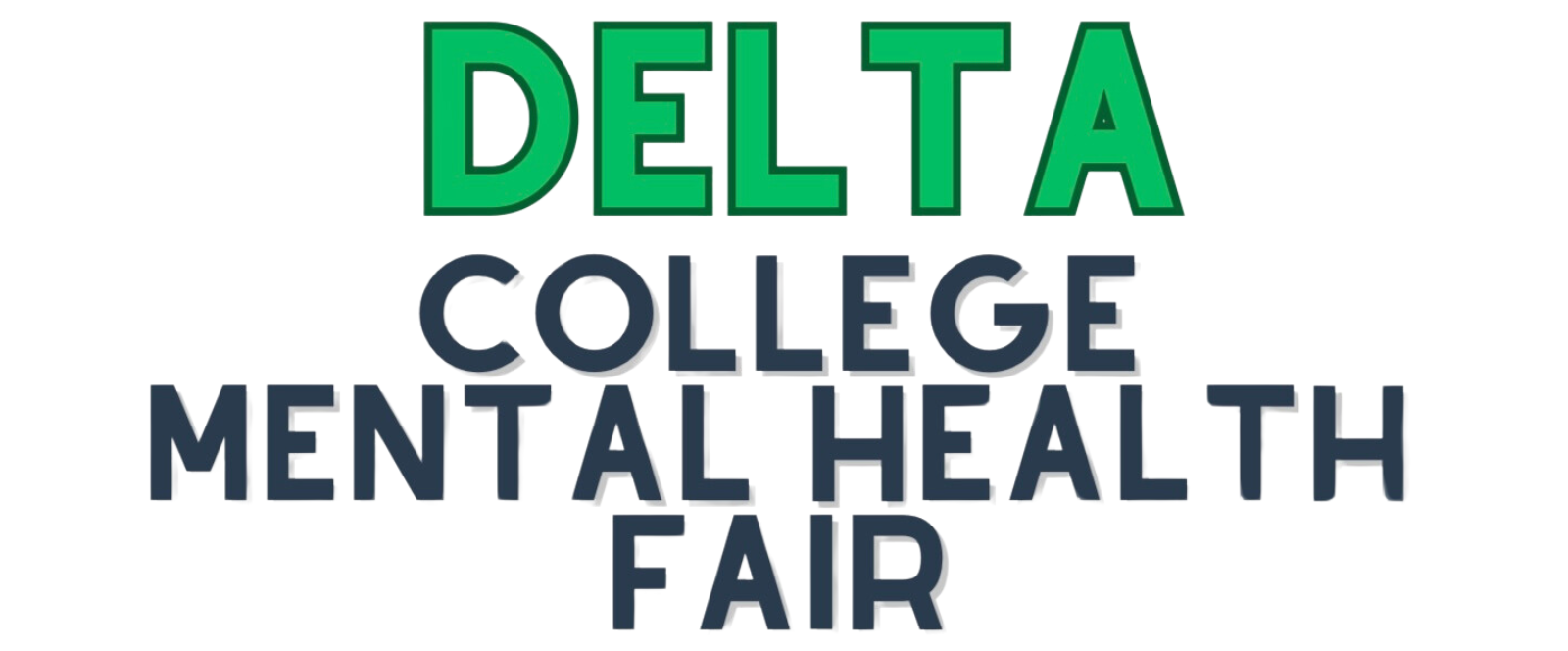By Matt Brown, Managing Editor.
The earliest recorded use of an unmanned aerial vehicle (UAV) occurred in 1849, when Austria sent bomb-filled balloons to attack Venice prior to World War I. As winged aircraft developed, the cogs of war quickly advanced the technology. Thus, utilizing radio control techniques, pilot-less aircraft began deployment in World War I.
It could be that because of this war-born origin, the Federal Aviation Administration (FAA) announced in December that all personal UAVs–deemed drones–must be registered with the organization. The FAA raised concerns about the possibility of collisions with traditional aircraft.
In the following seven weeks, the FFA says they received over 325,000 drone applications–compared to the 320,000 piloted aircraft that are currently registered.
Even the Michigan legislature voiced their concern in the matter, offering Senate Bill 432 and 487, which would prevent most drone operation within 1,000 feet of the Mackinac Bridge and correctional facilities. This comes with due cause, as reports from government officials have exposed drones crashing into structures, and delivering contraband to prisons.
Those who fly conventional aviation aircraft are not directly affected by the proposed legislation. Additionally, the FAA continues to urge that their sole statutory authority is to regulate navigable airspace to ensure safety and efficiency.
If you own a drone, or are looking to pick up the hobby, here are some basic tips:
- Register your drone on FAA.gov before you take it outside. It costs $5 versus a possible $27,500 fine for operating a drone without registration.
- Put your FAA registration number on your drone. If you sell your drone, take the number off so you won’t be held responsible for use by future drone operators.
- Do not fly within 5 miles of an airport unless you first contact the airport manager or air traffic controllers.
- Do not fly over your neighbor’s property or anywhere else someone might have a “reasonable expectation of privacy.” This is one of the “community standards” the courts will rely on if you are sued for an invasion of privacy or trespassing.
- Do not fly over people’s heads at a sporting event, public gathering or park. Stay at least 25 feet away from persons or vulnerable property.
- Keep your drone within your line of sight and fly no higher than 400 feet.
- Do not operate your drone while under the influence of alcohol or drugs.
- Do not shoot down a drone, even if it’s flying over your property. This is the same as shooting at an aircraft, and is a serious federal crime. If it’s close and over your property, you can take it down with a garden hose or “super-soaker.”


